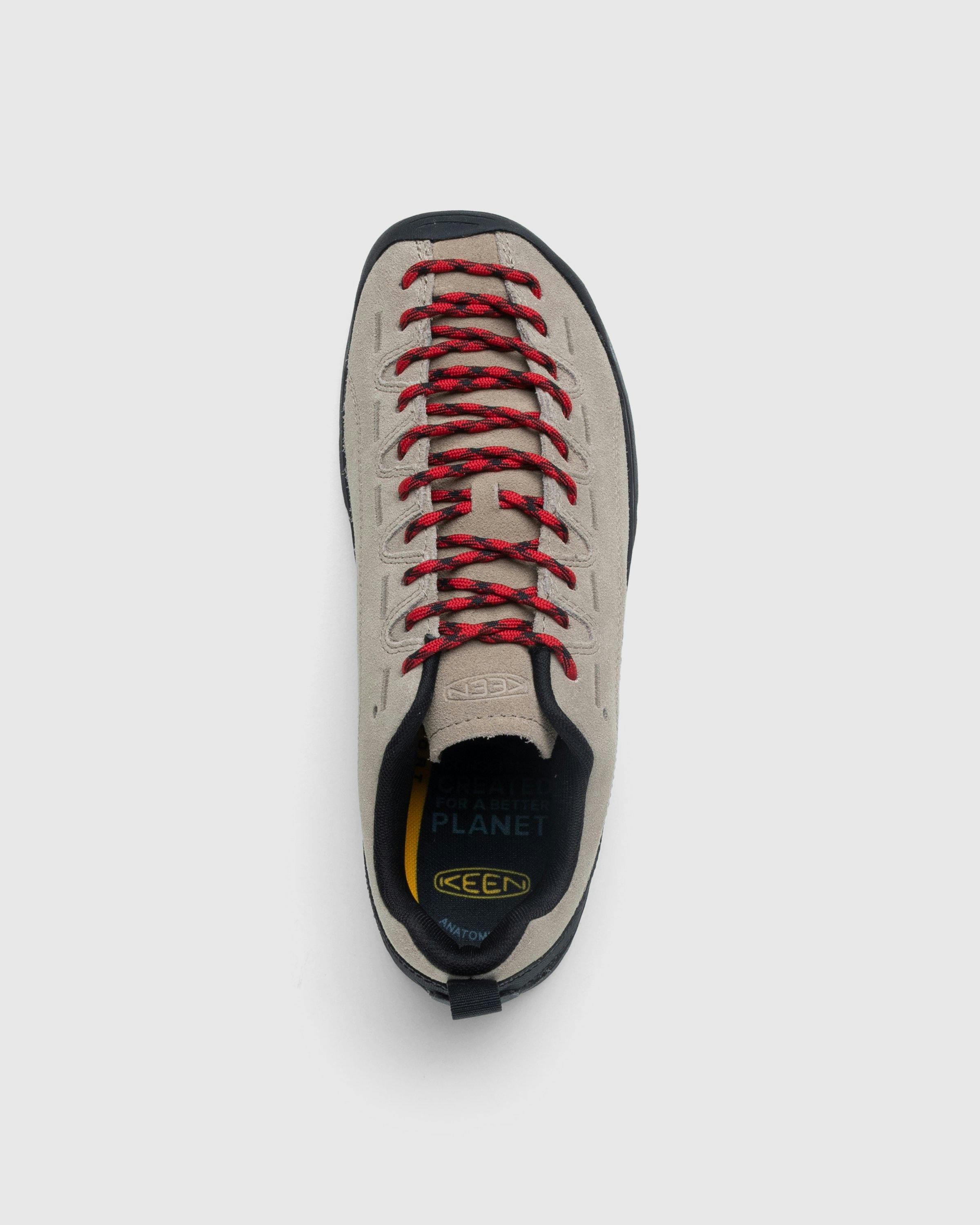Warm Work Boots

When it comes to navigating cold and harsh winter conditions, having the right footwear can make all the difference. Warm work boots are designed to provide both comfort and protection, allowing individuals to perform their jobs efficiently without compromising on safety. These boots are not just limited to workers; they can be beneficial for anyone who spends a significant amount of time outdoors during colder months. The key to selecting the perfect pair of warm work boots lies in understanding the various features that contribute to their warmth, durability, and overall performance.
Understanding Insulation and Materials
One of the critical aspects of warm work boots is the type of insulation used. Insulation materials such as Thinsulate, PrimaLoft, and similar synthetic insulations are designed to trap warm air and keep the cold out. These materials are often lightweight, breathable, and can retain their insulating properties even when wet, making them ideal for work boots. Additionally, the outer material of the boot, whether it’s leather, synthetic, or a combination of both, plays a significant role in keeping the foot warm and dry. Leather, for instance, provides excellent durability and can be treated to be waterproof, while synthetic materials offer lighter weight and easier maintenance.
Waterproofing and Moisture Management
Waterproofing is another crucial feature to consider in warm work boots. A waterproof membrane, such as Gore-Tex or similar technology, ensures that water cannot penetrate the boot, keeping the foot dry. This is particularly important in snowy or icy conditions where water could seep into the boot and compromise its insulating properties. Alongside waterproofing, moisture management is vital. Boots with breathable materials and moisture-wicking linings can help to prevent the buildup of sweat inside the boot, reducing the risk of cold feet due to dampness.
Traction and Safety Features
Traction is a vital safety feature in work boots, especially in icy or slippery conditions. Boots with deep treads and specialized outsole materials can provide the grip needed to prevent slips and falls. Additionally, features such as steel toes, composite toes, or soft toes can offer protection against heavy objects or sharp edges. For workers in specific industries, such as electrical work, boots with electrical hazard protection can be lifesaving.
Comfort and Fit
While protection and warmth are paramount, comfort and fit should not be overlooked. A well-fitting boot with adequate arch support and cushioning can make a significant difference in comfort levels during long work hours. Adjustable features such as laces or buckles can help achieve a secure fit, and removable insoles can accommodate orthotics or arch supports for individuals with specific foot needs.
Maintenance and Durability
The durability of warm work boots is also an essential consideration. High-quality materials and construction can extend the life of the boots, but regular maintenance is also crucial. This includes treating leather to maintain its waterproof properties, cleaning the boots regularly to prevent the buildup of dirt and debris, and storing them in a dry place when not in use.
Choosing the Right Pair
With so many options available, choosing the right pair of warm work boots can seem daunting. It’s essential to consider the specific demands of your job or activities, including the environment, the level of protection needed, and personal comfort preferences. Reading reviews, trying on different models, and consulting with experts can provide valuable insights into the best boot for your needs.
Conclusion
Warm work boots are a critical piece of gear for anyone working or spending significant time outdoors in cold conditions. By understanding the key features that contribute to their warmth, protection, and comfort, individuals can make informed decisions when selecting a pair. Whether you’re a professional worker or an outdoor enthusiast, the right boots can ensure safety, efficiency, and comfort, making them a worthwhile investment for anyone braving the cold.
What is the best insulation for warm work boots?
+Synthetic insulations like Thinsulate and PrimaLoft are highly regarded for their warmth, lightweight, and ability to retain insulating properties when wet.
How important is waterproofing in work boots?
+Waterproofing is crucial as it prevents water from entering the boot, keeping the foot dry and maintaining the boot’s insulating properties.
What features should I look for in warm work boots for safety?
+Look for boots with good traction, protective toes (such as steel or composite toes), and any industry-specific safety features required for your job, such as electrical hazard protection.



